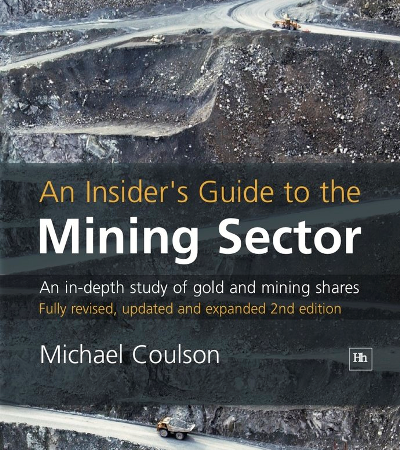Dr. David Robinson is an economist at Laurentian University in Sudbury, Canada. His column is from Sudbury Mining Solutions Journal a magazine that showcases the mining expertise of North Bay, Timmins and Sudbury. drobinson@laurentian.ca
Management consultants quote Sun Tsu’s Art of War when they want to emphasize strategy and creative thinking. I plan to quote Wayne Gretzky about an idea that I think mining supply firms should be pushing.
Dr. Dougal McCreath has over 35 years of experience worldwide, teaching, consulting, doing research and managing projects. He is also the author of more than 50 technical publications, primarily in the field of rock engineering. Dougal’s crazy ideas are better than most people’s best work. This one isn’t crazy – it’s more like a very sneaky chess move.
Dougal wants to build an underground building. That’s not new, of course. The Gjøvik (pronounced Djuhveek) Olympic Cavern Hall, for example, seats 5,500 ice hockey fans under a mountain in Norway. Built for the 1994 Winter Olympics in Norway, it is still the world’s largest underground cavern for public use. The arena was more expensive to build than a surface structure, but as the assistant manager of the project said: “There are no windows to wash or fix, no outside walls to paint, no roof to repair and it costs about half as much to heat as a regular building.” There are a lot of underground sports and recreational halls in Norway, where they double as civil defense shelters.
























